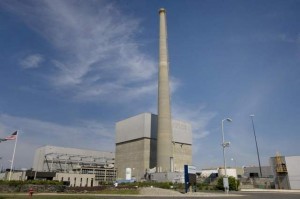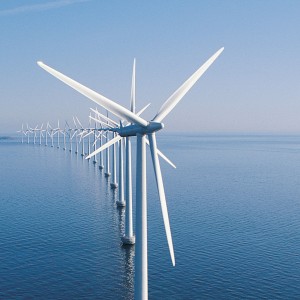A public hearing will take place October 28, 2013, at the Clarion Hotel, 815 Route 37 West, Toms River, NJ. The subject of the hearing will be the National Academy of Sciences, NAS, study on nuclear power plants and cancer and “Lessons Learned from Fukushima.”
As I see it, the most important lessons from Fukushima are:
- Three of the Fukushima Dai’ichi nuclear reactors withstood the earthquake, the tsunami and the aftershocks. We can engineer systems that will withstand various scenarios, but this raises the cost such that nuclear cannot compete in a de-regulated energy market – see The Economist, here – and we cannot engineer against all possible events.
- The radioactive plume reached across the Pacific to North America, just as the plume from Chernobyl reached across the Atlantic to North America. An accident anywhere, when it involves dispersion of toxic materials, is an accident everywhere,
- We have seen four (4) meltdowns in the 54 years between the passage of the Price Anderson Act and the disasters at Chernobyl and Fukushima. The risk of a catastrophic accident such as a melt-down may be low, but a catastrophic accident, is by definition, catastrophic.
- The losses from Fukushima are estimated in the Trillions of Dollars. The economic value of the electricity produced by the six nuclear reactors is probably less than $100 Billion. Generating electricity from nuclear power is like taking heroin for a headache: The cure is worse than the disease.
There is a fifth lesson to be learned; this from the NJ Clean Energy Program in New Jersey and Vestas, the wind company. As noted on the NJ Clean Energy Program – Project Activity Pages, we in New Jersey now have have 1,117.5 Megawatts (MW) of grid tied photovoltaic solar electric generating capacity, almost double the 636 MW of Oyster Creek. Vestas is offering 8 MW wind turbines.
WE HAVE WIND and SOLAR: WE DON’T NEED OYSTER CREEK OR OTHER NUCLEAR POWER PLANTS.



